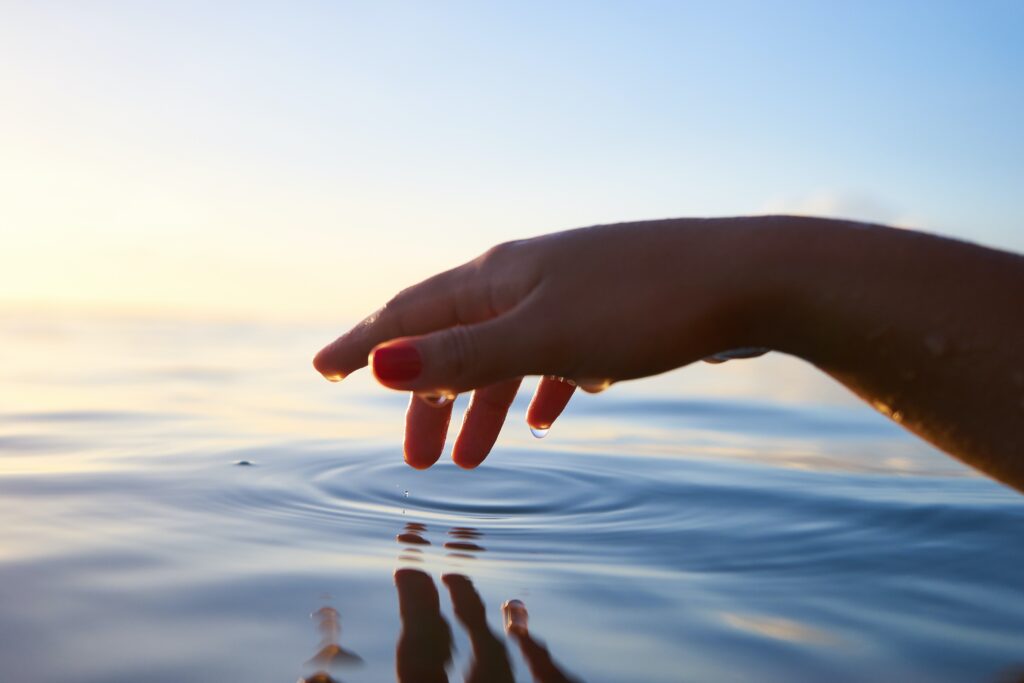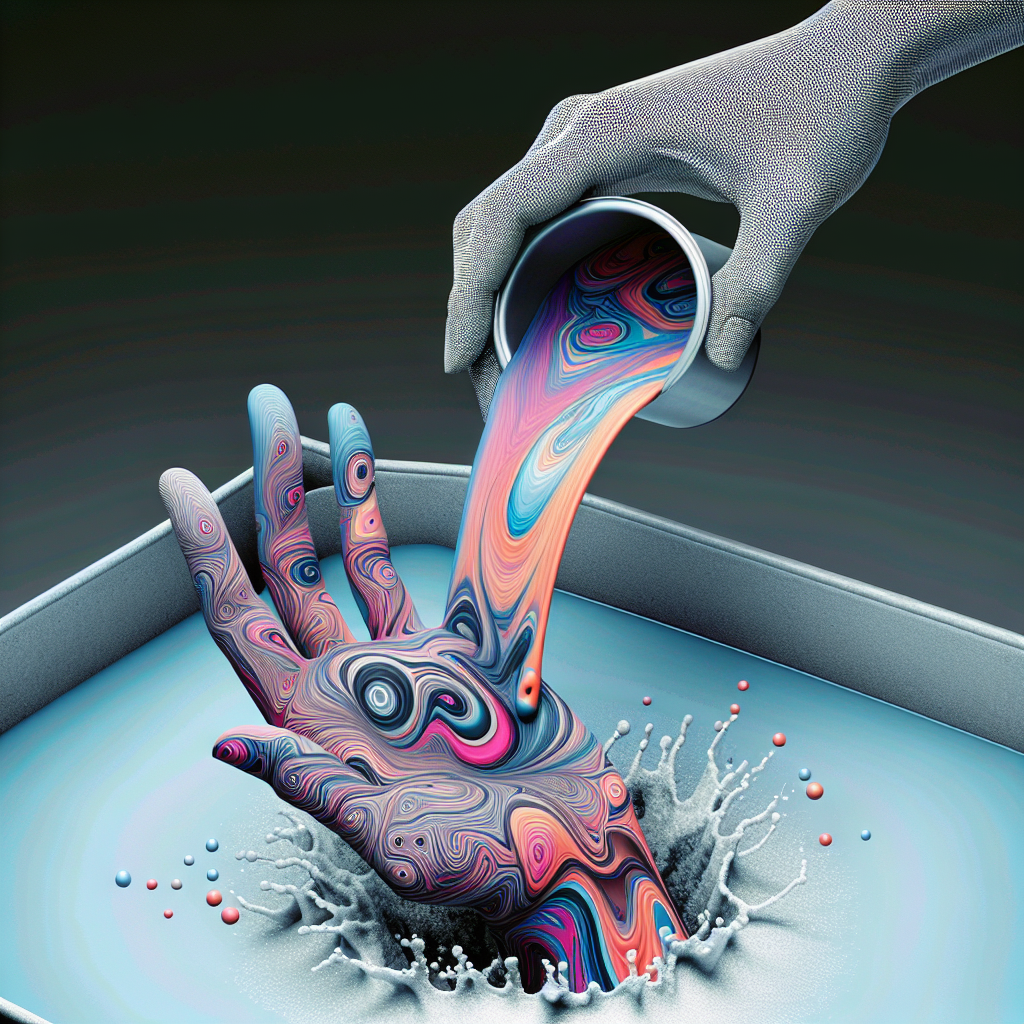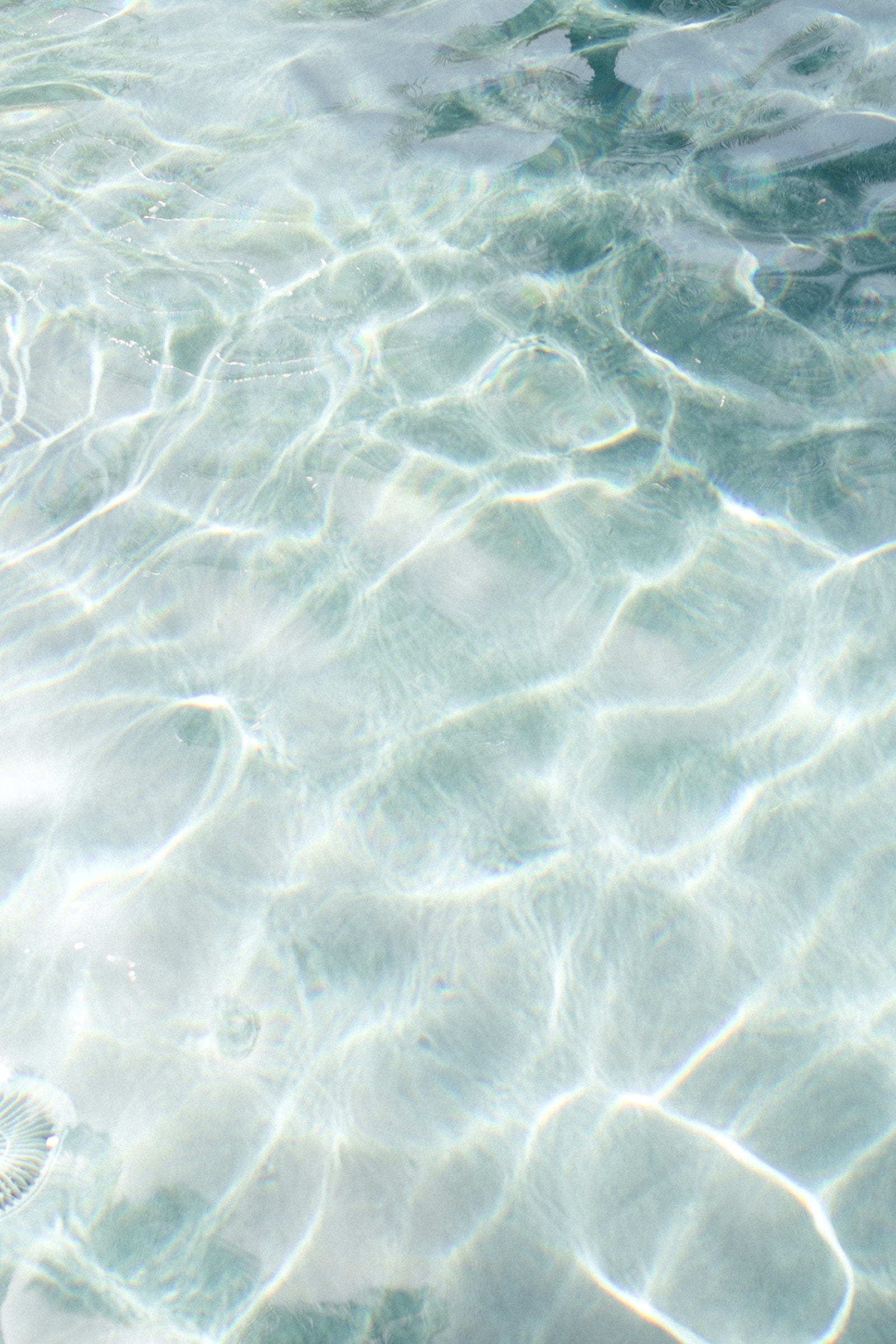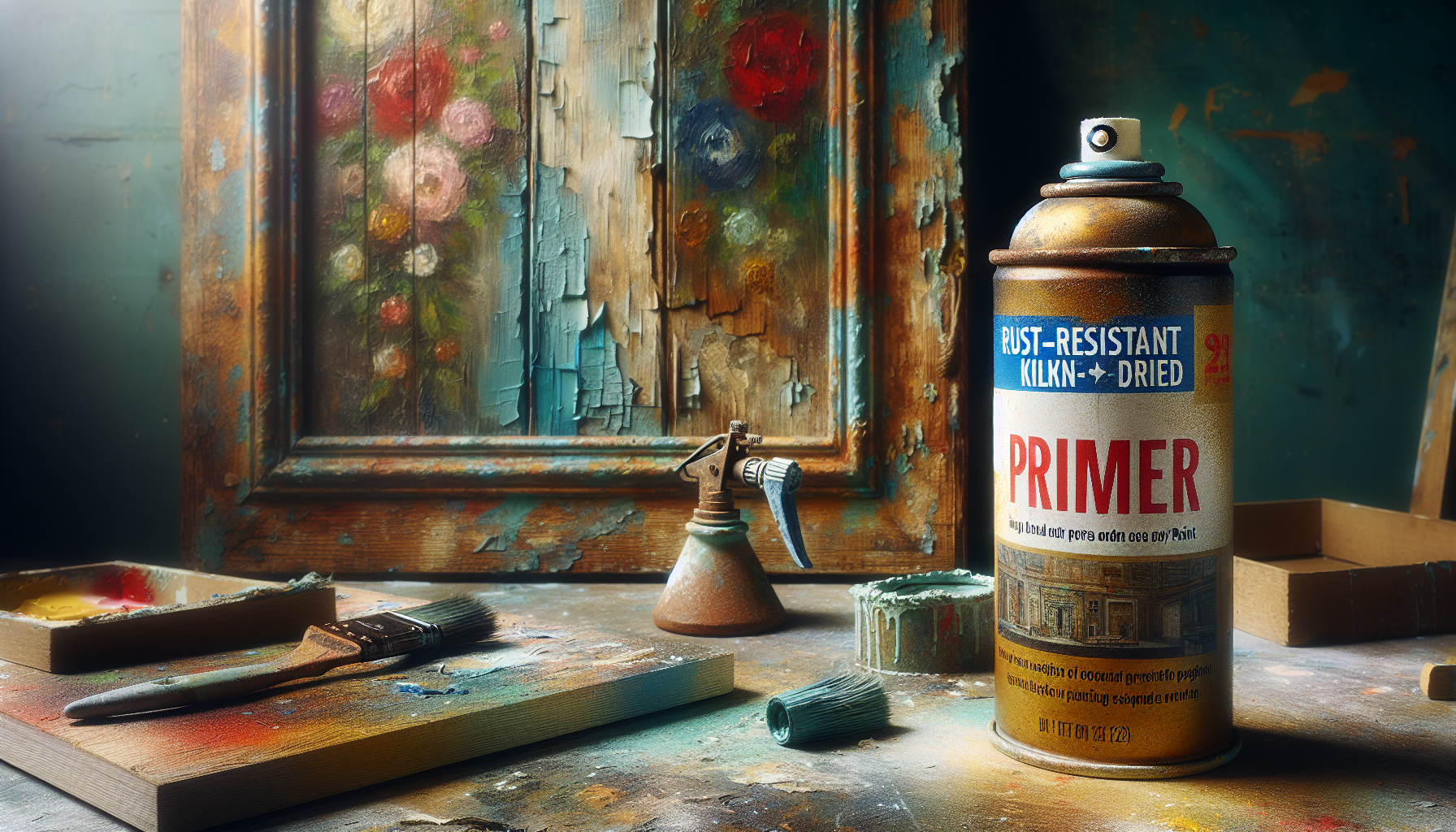Hydro dipping, a popular technique in the world of customization, allows you to create stunning and unique designs on various surfaces. However, have you ever wondered if it is possible to achieve the mesmerizing hydro dip effect without the use of spray paint? In this article, we will explore the alternatives and innovative methods that can be employed to hydro dip without relying on traditional spray paint, opening up new possibilities for creativity and experimentation. Discover the surprising techniques that can deliver equally amazing results, taking your hydro dipping journey to new heights.
Understanding Hydro Dipping
Explaining the basic concept of hydro dipping
Hydro dipping, also known as water transfer printing, is a technique used to apply intricate designs and patterns to three-dimensional objects. It involves submerging the item into a tank or container filled with water, where a special film with the desired design is floating on the surface. The film is then activated, causing it to adhere to the object in a precise and seamless manner. The final step involves applying a clear topcoat to protect the design and give it a glossy finish. This process allows for a wide range of customization options and is popular in industries such as automotive, sporting goods, and consumer electronics.
The common materials used in hydro dipping
Traditionally, hydro dipping has been done using spray paint as the medium to transfer the design onto the object. The spray paint acts as a carrier for the pattern on the film and helps create a vibrant and durable finish. However, there are alternative materials that can be used in hydro dipping, which we will explore later in this article.
Common Misconceptions about Hydro Dipping
The role of spray paint in hydro dipping
One common misconception about hydro dipping is that spray paint is an essential component of the process. While it is true that spray paint has been the go-to medium for hydro dipping, it is not the only option available. Spray paint provides excellent coverage and adhesion, but there are alternative materials that can achieve similar results.
The belief that hydro dipping without spray paint is impossible
Another misconception is that hydro dipping without spray paint is impossible or ineffective. This belief stems from the fact that spray paint has been widely used in hydro dipping for many years. However, advancements in technology and the development of alternative materials have provided new options for achieving stunning results without the need for spray paint.

This image is property of images.unsplash.com.
Process of Hydro Dipping without Spray Paint
Step-by-step guide to hydro dipping without spray paint
- Prepare the object: Clean and dry the object you want to hydro dip. Ensure it is free from any dirt, oil, or debris that could affect the adhesion of the design.
- Choose an alternative material: Select the alternative material you want to use for hydro dipping. This could be nail polish, acrylic paint, or dye.
- Fill a container with water: Fill a container with water deep enough to fully submerge the object you wish to hydro dip.
- Apply the alternative material: Depending on the chosen material, apply it to the surface of the water in the container. For nail polish and acrylic paint, use a dropper or toothpick to create desired patterns or designs. For dye, dissolve it in water according to the manufacturer’s instructions.
- Activate the alternative material: Gently swirl or agitate the water to activate the alternative material and disperse it evenly on the surface.
- Dip the object: Carefully lower the object into the water, ensuring it is fully submerged and the design adheres to its surface.
- Rinse and dry: Once the object is completely covered, remove it from the water and rinse off any excess alternative material. Allow the object to dry completely before applying a protective topcoat if desired.
Alternative materials to spray paint for hydro dipping
- Nail Polish: Nail polish can be used for hydro dipping and offers a wide range of colors and finishes. It is easily accessible and allows for intricate designs. However, nail polish may not adhere as well to certain surfaces and may require additional topcoat for durability.
- Acrylic Paint: Acrylic paint is another alternative material that can be used for hydro dipping. It offers excellent adhesion and a variety of colors. However, it can be more challenging to create intricate designs with acrylic paint compared to other materials.
- Dye: Dye is a popular alternative material for hydro dipping, especially for fabric items. It provides vibrant and long-lasting results, but it may not be suitable for all surfaces and may require specific dye types for optimal adhesion and color vibrancy.
Nail Polish as an Alternative
How to use nail polish in hydro dipping
When using nail polish for hydro dipping, follow these steps:
- Choose the desired nail polish colors and pour them into separate containers.
- Fill a larger container with water and let it reach room temperature.
- Drop the nail polish colors onto the water’s surface, creating a pattern or design.
- Use a toothpick or a small tool to gently swirl the colors together, creating a marbled effect.
- Dip the object into the water, ensuring the design adheres to its surface.
- Remove the object from the water, allowing any excess nail polish to drip off.
- Rinse off the excess nail polish and let the object dry completely.
Pros and cons of using nail polish
Using nail polish as an alternative material in hydro dipping has its advantages and disadvantages. Some pros include the wide range of colors and finishes available, as well as the ease of accessibility. Nail polish also allows for intricate designs and patterns. However, it may not adhere as well to certain surfaces and may require an additional topcoat for durability. Additionally, the drying time for nail polish can be longer compared to other alternative materials.

This image is property of images.unsplash.com.
Acrylic Paint as an Alternative
Using acrylic paint for hydro dipping
To use acrylic paint for hydro dipping, follow these steps:
- Choose the desired acrylic paint colors and pour them into separate containers.
- Fill a larger container with water and let it reach room temperature.
- Drop the acrylic paint colors onto the water’s surface, creating a pattern or design.
- Use a toothpick or a small tool to gently swirl the colors together, creating a marbled effect.
- Dip the object into the water, ensuring the design adheres to its surface.
- Remove the object from the water, allowing any excess paint to drip off.
- Rinse off the excess paint and let the object dry completely.
Pros and cons of using acrylic paint
Using acrylic paint as an alternative material in hydro dipping has its advantages and disadvantages. Some pros include excellent adhesion, a variety of colors available, and the ease of use. Acrylic paint also dries relatively quickly compared to other alternatives. However, creating intricate designs with acrylic paint can be more challenging, and it may not provide the same level of durability as spray paint.
Dye as an Alternative
How to use dye for hydro dipping
When using dye for hydro dipping, follow these steps:
- Choose the desired dye colors and prepare a dye solution according to the manufacturer’s instructions.
- Fill a larger container with water and let it reach room temperature.
- Add the dye solution to the water, creating the desired concentration of color.
- Gently stir or agitate the water to ensure the dye is evenly dispersed.
- Dip the object into the water, ensuring the dye adheres to its surface.
- Remove the object from the water, allowing any excess dye to drip off.
- Rinse off the excess dye and let the object dry completely.
Pros and cons of using dye
Using dye as an alternative material in hydro dipping has its advantages and disadvantages. Some pros include vibrant colors, excellent adhesion to fabric surfaces, and long-lasting results. Dye also allows for a variety of techniques, such as tie-dye effects. However, dye may not work as well on certain materials, and specific dye types may be required for optimal adhesion and color vibrancy.

This image is property of images.unsplash.com.
Hydro Dipping with Water Transfer Printing Films
What is water transfer printing film
Water transfer printing film, also known as hydrographic film or hydrographic transfer film, is a specially designed film that carries a pattern or design. The film is placed on the surface of the water and activated, allowing the design to adhere to the object being hydro dipped. Water transfer printing films come in a wide variety of patterns, including wood grain, marble, camouflage, and custom designs.
How to use water transfer printing film in hydro dipping
To use water transfer printing film in hydro dipping, follow these steps:
- Fill a larger container with water and let it reach room temperature.
- Lay the water transfer printing film on the surface of the water, ensuring it is fully submerged.
- Activate the film according to the manufacturer’s instructions, typically by spraying an activator or applying heat.
- Dip the object into the water, ensuring the design adheres to its surface.
- Remove the object from the water, allowing any excess film to be rinsed off.
- Rinse off any residual film and let the object dry completely.
Safety Measures When Hydro Dipping without Spray Paint
Importance of safety when hydro dipping
Safety is a crucial aspect of hydro dipping, regardless of whether spray paint is used or alternative materials are employed. The process involves working with chemicals and potentially hazardous materials, so precautions must be taken to protect yourself and the environment. Some general safety measures include working in a well-ventilated area, wearing protective gloves and goggles, and avoiding direct contact with the materials used.
Specific safety measures for each alternative material
- Nail Polish: When using nail polish for hydro dipping, it is important to ensure good ventilation due to the strong odor. It is also recommended to use protective gloves to avoid direct contact with the chemicals present in the nail polish.
- Acrylic Paint: Acrylic paint is generally non-toxic, but it is still advisable to work in a well-ventilated area. As with any paint, it is recommended to use protective gloves and dispose of any paint waste properly.
- Dye: Dye can stain skin and clothing, so it is important to wear protective gloves and work in an area that can be easily cleaned. Follow the manufacturer’s instructions for proper handling and disposal of dye products.

Effectiveness of Hydro Dipping without Spray Paint
Comparing the results of hydro dipping with alternative materials
The effectiveness of hydro dipping without spray paint largely depends on the chosen alternative material and the surface being dipped. While spray paint has been the preferred medium for hydro dipping, alternative materials such as nail polish, acrylic paint, and dye can achieve similar results in terms of color vibrancy and pattern transfer. Each alternative material has its own advantages and limitations, but with proper techniques and experimentation, satisfying outcomes can be achieved.
Does hydro dipping without spray paint work as well?
While hydro dipping without spray paint can yield satisfactory results, it may not offer the same level of durability and adhesion as spray paint. Spray paint is specifically formulated for adherence to a wide range of surfaces and provides a durable finish. Alternative materials, such as nail polish and acrylic paint, may require additional topcoats or careful surface preparation to enhance their longevity. However, when done correctly, hydro dipping without spray paint can still produce stunning and unique designs.
Conclusion: Can You Hydro Dip without Spray Paint?
Revisiting the question: can you hydro dip without spray paint?
The answer to whether you can hydro dip without spray paint is a resounding yes. While spray paint has traditionally been the go-to medium for hydro dipping, alternative materials such as nail polish, acrylic paint, dye, and water transfer printing films offer viable options for achieving beautiful and customized designs. These alternatives provide a wide range of colors, finishes, and patterns to choose from, allowing for personalization and creativity.
Final thoughts on the alternatives to spray paint in hydro dipping
As with any artistic technique, the effectiveness of hydro dipping without spray paint relies on experimentation, practice, and a keen eye for detail. The choice of alternative material depends on personal preference, desired outcome, and the specific surface being hydro dipped. By understanding the process, following proper safety measures, and exploring the various possibilities, you can confidently explore the world of hydro dipping without spray paint and create unique and visually stunning objects.




